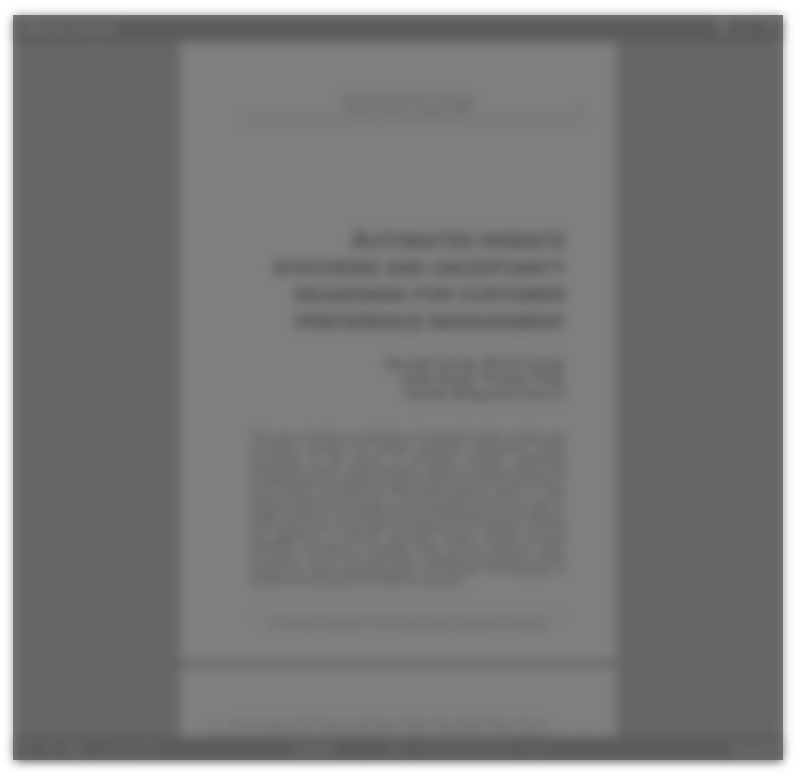Abstract:
The paper covers an experimental study that looks at an alternative methodology for pre-testing television commercials. Current methodologies appear to prejudice the utility of Ad response data by imposing an environment on respondents that may do much for the demonstration of research technique but little to put advertising in its normal context. The study concentrates on allowing respondents to set their own agenda for response in familiar surroundings. A panel of families were talked to in their own homes. Emphasis was given to conversation not interrogation. The data, which is semi-quantatitive, was then assessed in terms of types of response producing Response Profiles. The individual commercial response profile was then assessed alongside its advertising strategy. Responses can ultimately be described as left or right brain. However the details of types of response should not be overlooked (Positive affect, negative affect, tonal, pictorial/descriptive, no product link, meaning and no response). Advertisement are created to make connections with consumers. Those connections may involve learning, emotions, or simply remind them of how they feel about the brand. This study shows that consumers can respond as clearly in an emotional manner as in the more traditional rational manner that arises from most pre-testing. The author believes that such an approach produces data that offers a clear view of the strategic value of the advertisement, as opposed to the ability of advertising to clear artificial hurdles that are surrogates for communication.
This could also be of interest:
Research Papers
 The shape of conversations
The shape of conversations
Catalogue: Congress 2015: Revelations
Author: Kyle Findlay
Company: KANTAR TNS Malaysia
 October 1, 2015
October 1, 2015
Research Papers
 Integrating digital conversations
Integrating digital conversations
Catalogue: Fusion 2018 (Big Data World + Global Qualitative)
Authors: Ellie Osborne, Oliver Roberts
Company: Join the Dots InSites Consulting
 November 11, 2018
November 11, 2018
Research Papers
 From Conversations to Conversion
From Conversations to Conversion
Catalogue: Congress 2024
Authors: Kathy Cheng, Romani Patel
Companies: Nexxt Intelligence | inca, Microsoft
 January 1, 1970
January 1, 1970






